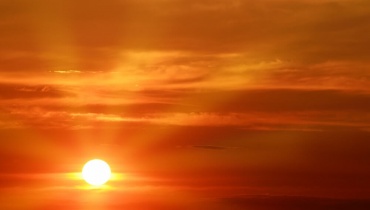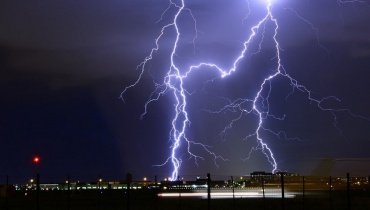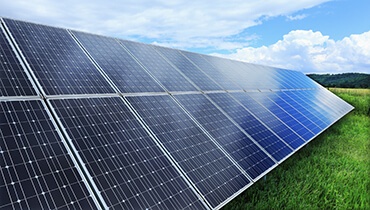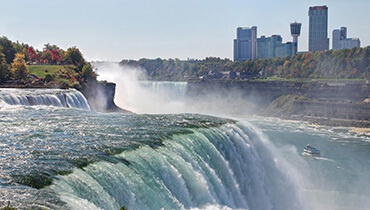Advantages and Disadvantages
The Good, the Bad and the Ugly
In a Flash

Solar panels can offset the energy used to make them in around four years.
Advantages and disadvantages
There are loads of awesome advantages of renewable energy - like the fact it will never run out! But it's also important to be aware of the downsides - for example, needing certain weather conditions to generate energy.
Burning Questions
What are the advantages of renewable energy?
Renewable energy is a super-smart choice for humans and the environment. Here are some of the big benefits of using renewable sources for our energy supply:
They'll never run out. That's right - these natural energy sources can replace themselves, making them sustainable and abundant natural resources.
They don't damage our planet. These clean energy sources are non-pollutant, produce minimal or no waste products, and don't contribute to global warming - great news for the environment!
They're low-maintenance energy sources. Renewable energy facilities tend to require less maintenance than traditional generators. And as they come from natural, abundant resources, the operating costs are generally lower too.
They're good news for regional areas. As most renewable energy projects are located in regional areas - away from the big cities - they can bring economic benefits to these places. For example, this could come from more people using local services.
What are the disadvantages of renewable energy?
As you can see, there are plenty of positives about using renewable energy. But what about any potential disadvantages? Here are some of the reasons why renewable energy can sometimes present problems:
Unreliable weather can affect energy supply. As renewable energy often relies on certain weather conditions, this can impact the reliability of a constant energy supply. For example:
- Hydro generators need enough rain to fill dams for their supply of flowing water.
- Wind turbines need wind to turn their blades.
- Solar panels need clear skies and sunshine to get the heat needed to generate electricity.
It's hard to produce the same amounts as non-renewable sources. It can be difficult to generate quantities of electricity that are as large as those produced by traditional fossil fuel generators.

Harnessing the weather to create energy isn't always predictable or consistent.
Is there anything we can do to overcome the problems of renewable energy?
While we can't control the weather, reducing the amount of energy we use means we won't need such a big supply. Building more energy facilities can help meet our energy demands too.
One thing that's clear is that having a balance of lots of different power sources is a good solution to our energy problems.
What Do You Mean?

Cloudy days can impact how much Solar Power can be produced.
Renewable energy is any natural resource that can replace itself quickly and dependably. Sources of renewable energy include solar energy, wind energy and hydropower.
Non-renewable energy is a source of energy that will eventually run out. Most sources of non-renewable energy are fossil fuels, such as coal, gas and oil.
Speedy Summary

More than 168,000 cubic meters (about 70 Olympic-size swimming pools) of water go over the Niagara Falls every minute.
There are lots of advantages to renewable energy, including the fact it will never run out and does less harm to our planet. But there are some downsides too - like not being able to produce as much electricity or needing to rely on the weather.
Teacher's Toolkit
Take this to the classroom!
Curriculum ready content.